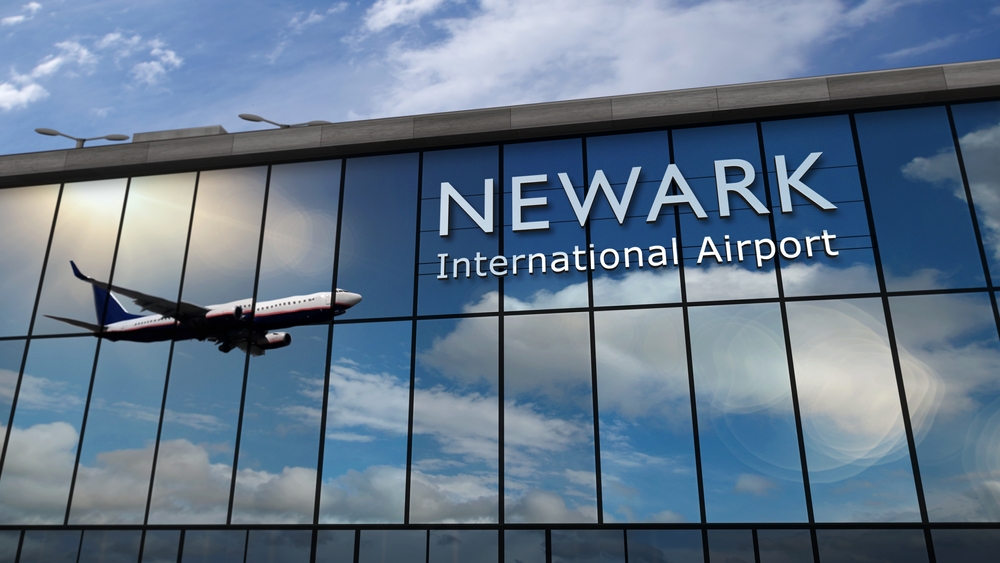A chilling message from a federal air traffic controller has cast a spotlight on Newark airport: “Don’t fly into Newark.” These words didn’t come from an angry traveler or a frustrated employee. Instead, they came from someone at the center of the system, a person responsible for keeping planes safely in the air. For millions of travelers, Newark airport serves as a critical gateway to the New York City area and a key hub for United Airlines. However, behind the scenes, the airport teeters on the edge of dysfunction. With staffing cuts, frequent system breakdowns, and ongoing runway construction, the risks are mounting.
Now, delays and cancellations stem not only from weather or traffic. Overworked teams, outdated equipment, and communication breakdowns contribute to growing instability. Newark airport isn’t just facing turbulence, it’s becoming a case study in what happens when aviation infrastructure falls behind.
Fewer Controllers, Greater Pressure, Higher Risk

One of the most urgent problems at Newark airport involves the sharp decline in air traffic controller staffing. Within weeks, the tower lost 20 percent of its workforce. United Airlines confirmed that many controllers walked off the job, overwhelmed by the growing strain. As a result, the airline cut about 35 roundtrip flights from its schedule each day, causing nationwide disruptions.
With fewer eyes monitoring the skies, the remaining team must stretch beyond safe limits. Long hours, limited breaks, and constant tension push them toward exhaustion. These conditions don’t just stress employees, they increase the chance of errors.
To respond, the FAA launched a recruitment campaign and offered $5,000 signing bonuses. However, training new air traffic controllers takes months of education and simulation. In the meantime, Newark airport continues operating with a dangerously lean staff.
System Failures and Construction Disruptions Compound the Crisis

Technology failures at Newark airport have worsened the staffing crisis. Just days before the controller’s public warning, a radar and communications outage froze operations for 90 seconds. While that might sound brief, those moments felt like hours for those guiding flights with no visibility or contact.
A burnt-out copper wire caused the blackout, an issue that reveals just how outdated the airport’s systems have become. During the failure, air traffic controllers couldn’t guide planes safely or talk to pilots. Panic set in quickly. The emotional toll from the incident led five controllers to take trauma leave.
At the same time, runway construction has added chaos. With fewer available runways, flights often sit idle, waiting to land or depart. Every delay creates more pressure, especially when fewer staff are available to manage the congestion. The ongoing rehabilitation work complicates already stressed operations and forces more communication between towers, crews, and pilots, all of which increase the chance of confusion or error.
Controllers Reach a Breaking Point

Beyond the technical issues and shrinking teams lies an even more human challenge. Newark airport’s air traffic controllers are reaching a breaking point. Many have already taken trauma leave, while others describe the environment as emotionally unsustainable. The radar outage didn’t just cause panic, it pushed several experienced staff members past their limits.
Day after day, these professionals carry an immense responsibility. They are expected to maintain composure while guiding thousands of passengers safely through crowded airspace. But with critical systems failing and backup support missing, even the most skilled controllers find it hard to stay focused and calm.
Despite this, many still show up, determined to keep flights moving. Their dedication deserves respect, but it also calls for support. Without immediate improvements to their work environment, Newark airport risks losing even more of its seasoned staff.
Federal Leaders Respond, But Critics Say It’s Not Enough

Transportation Secretary Sean Duffy acknowledged the growing crisis at Newark airport and called for urgent intervention. His office launched hiring incentives, accelerated recruitment timelines, and pushed for updated control systems. While these efforts aim to ease pressure, many aviation experts argue they don’t go far enough.
The problems at Newark aren’t isolated. Across the country, air traffic control towers are facing similar issues: outdated technology, increasing traffic, and shrinking workforces. But Newark airport currently stands as the most visible example of these widespread cracks in the system.
To fix this, federal agencies must invest in training, modern equipment, and mental health support. Quick fixes and bonuses may provide short-term relief, but long-term stability demands bigger solutions. Until then, Newark airport will continue to operate on a fragile foundation.
Listen to the Warning Before It’s Too Late

The air traffic controller who said “Don’t fly into Newark” didn’t mean to scare the public. They meant to wake us up. Newark airport is stretched thin. Its systems are failing, its staff is shrinking, and its runways are under constant construction. And while these issues are most visible at Newark, they reflect deeper flaws in the nation’s aviation system.
Travelers should prepare for continued delays. Airlines must rethink how they schedule, support, and communicate. Most importantly, federal leaders must act quickly. This isn’t a future threat, it’s already happening.
When the very people who guide planes through the sky urge caution, we need to listen. Newark airport’s warning could be the first sign of bigger problems to come. Addressing them now may be the only way to prevent something far worse.





